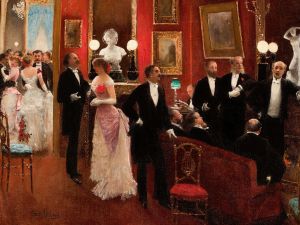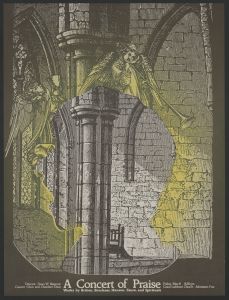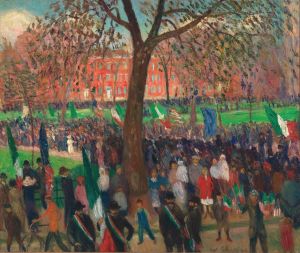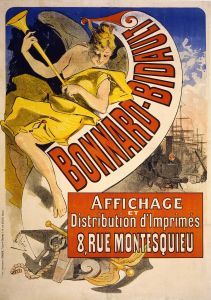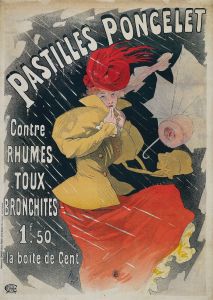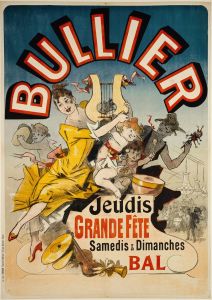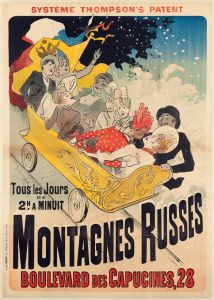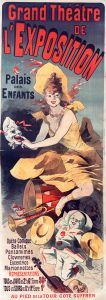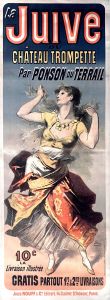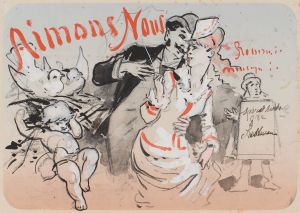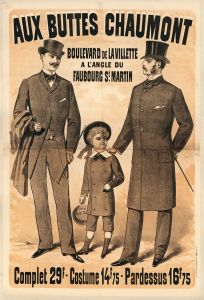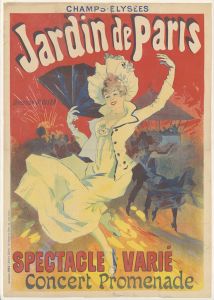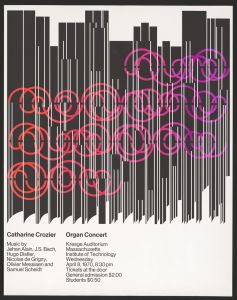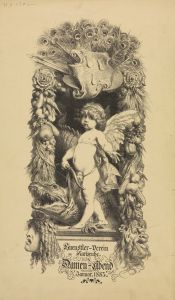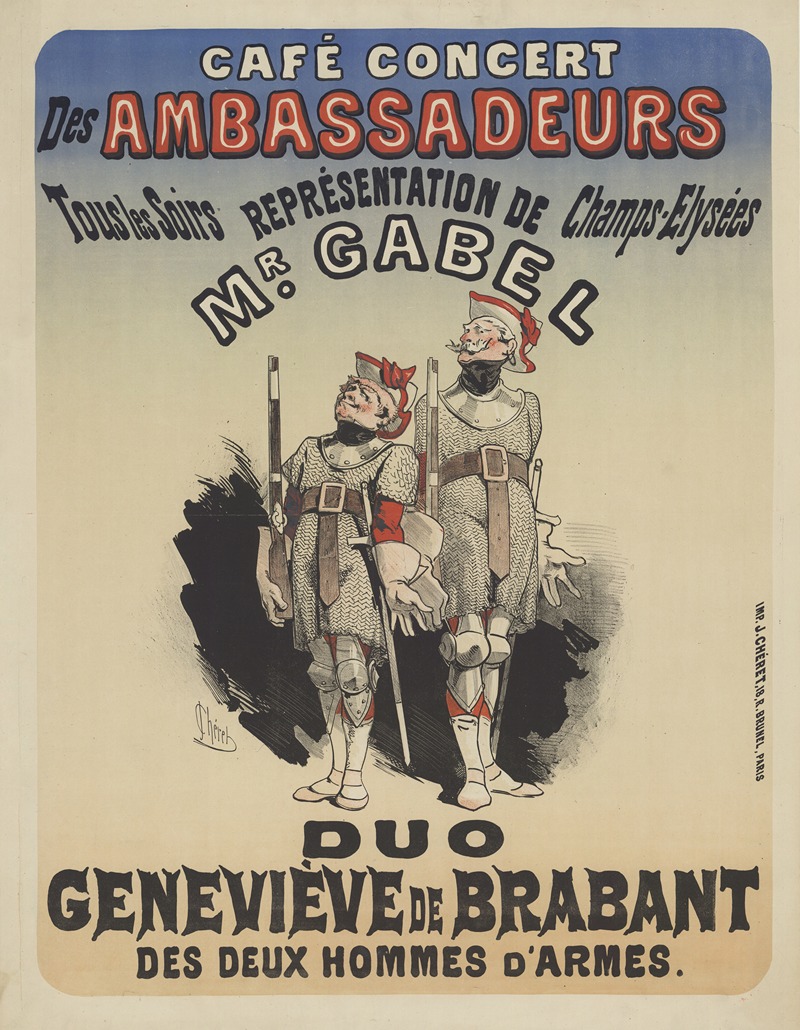
Café Concert des Ambassadeurs. M. Gabel. Geneviève de Brabant
A hand-painted replica of Jules Chéret’s masterpiece Café Concert des Ambassadeurs. M. Gabel. Geneviève de Brabant, meticulously crafted by professional artists to capture the true essence of the original. Each piece is created with museum-quality canvas and rare mineral pigments, carefully painted by experienced artists with delicate brushstrokes and rich, layered colors to perfectly recreate the texture of the original artwork. Unlike machine-printed reproductions, this hand-painted version brings the painting to life, infused with the artist’s emotions and skill in every stroke. Whether for personal collection or home decoration, it instantly elevates the artistic atmosphere of any space.
Jules Chéret, a pioneering French painter and lithographer, is often hailed as the father of the modern poster. His work "Café Concert des Ambassadeurs. M. Gabel. Geneviève de Brabant" is a notable example of his contribution to the art of poster design in the late 19th century. Chéret's posters were instrumental in transforming advertising into an art form, and his vibrant, colorful designs were a significant departure from the monochromatic and text-heavy advertisements of the time.
The "Café Concert des Ambassadeurs" was a popular entertainment venue in Paris, known for its lively performances and vibrant atmosphere. It was one of the many café-concerts that flourished in Paris during the Belle Époque, a period characterized by cultural flourishing and artistic innovation. These venues were central to Parisian nightlife, offering a mix of music, comedy, and theatrical performances. The Ambassadeurs, located on the Champs-Élysées, was particularly renowned for attracting a fashionable crowd and featuring prominent performers.
The poster in question advertises a performance of "Geneviève de Brabant," an operetta by Jacques Offenbach. Offenbach was a German-born French composer known for his development of the operetta genre, and "Geneviève de Brabant" is one of his notable works. The operetta, first performed in 1859, is a satirical take on medieval chivalric romance, filled with humor and catchy melodies. It became quite popular in Paris and was frequently revived in various venues, including the Ambassadeurs.
In Chéret's poster, the depiction of M. Gabel, presumably a performer in the operetta, is central. Chéret's style is characterized by its dynamic composition and the use of bright, bold colors. His posters often featured lively figures in motion, capturing the essence of the entertainment they advertised. This particular poster would have been designed to attract the attention of passersby, enticing them to attend the performance with its vibrant imagery and sense of excitement.
Chéret's influence on the art of the poster was profound. He developed a technique that combined lithography with a painterly approach, allowing for a wide range of colors and subtle gradations. This innovation enabled him to create posters that were not only informative but also visually appealing, effectively bridging the gap between commercial art and fine art. His work paved the way for future artists and designers, and his posters remain celebrated for their artistic merit and historical significance.
The "Café Concert des Ambassadeurs. M. Gabel. Geneviève de Brabant" poster is a testament to Chéret's skill and creativity. It reflects the vibrant cultural scene of Paris during the Belle Époque and highlights the role of café-concerts in the city's social life. Today, Chéret's posters are highly regarded by collectors and art historians, appreciated for their aesthetic qualities and their role in the evolution of graphic design.





